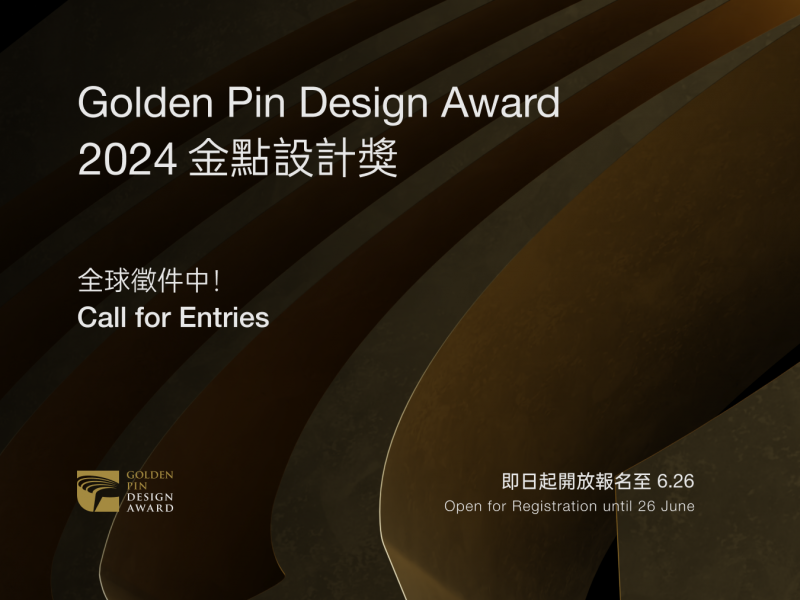▲ Chi-Mei Chang (the left) and Xiaoxiang Liu (the right), the jury members of the Shijiazhuang event.
The overseas secondary selection events of the 2019 Golden Pin Design Award and Golden Pin Concept Design Award took place between August 5th and 10th. The Golden Pin Design Award received a total of 3,091 entries from 23 regions including Taiwan, China, Japan, South Korea, Germany, Canada, Poland, USA, Belgium, Italy, Singapore, Malaysia, Australia, and Thailand. This year’s overseas secondary selection events of the Golden Pin Design Award were held in Shenzhen, Shijiazhuang, and Shanghai. A total of 843 entries from Mainland China advanced to the second selection, and 311 entries were awarded the Design Mark of the Golden Pin Design Award and will be competing against entries selected at the second selection event held in Taiwan for the Golden Pin Design Award Design of the Year Award in late September.
For this year’s event, the organizer Taiwan Design Center collaborated with the Shenzhen Industrial Design Profession Association, the Hebei Industrial Design Innovation Center, and the Shanghai Creative Industry Center in handling the selection process of the overseas second selection events. This year’s jury chair is Mr. Guang-Min Chang, regional consultant of the World Design Organization (WDO), who marshaled a strong team of 10 design specialists from Mainland China, Taiwan, and Hong Kong. Jury members from Taiwan include Yu-Fen Lo, creative director of Pinyen Creative Inc.; Chi-Mei Chang, creative director of Optima Integrated Design; Alfie Shao, CEO of CHU-studio; and Ping Chu, founder of the Ripplemaker Foundation. All of them participated in the selection events in Shenzhen, Shijiazhuang, and Shanghai. Jury members from Mainland China for each of the overseas second selection events were also prominent figures in the fields. Those serving in the Shenzhen event included Wai-Kwan Vivian Cheng, designer of the Vivian Design; Yiyang Hei, founder and creative director of the SenseTeam. The Shijiazhuang event had Yichao Li, president of LKK Innovation Design Group; Xiaoxiang Liu, art director of the XXL Studio. The Shanghai event had Qing Zhao, design director of the Nanjing-based Hanqingtang Design; and Xiaojing Huang, strategy director of the Shanghai-based YANG DESIGN.
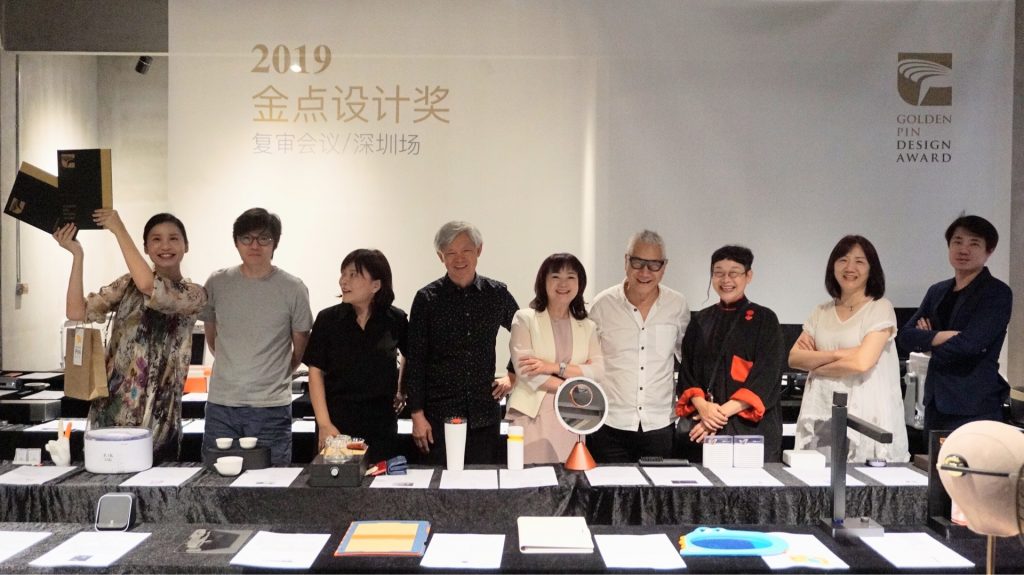
▲ The jury of the overseas event in Shenzhen.
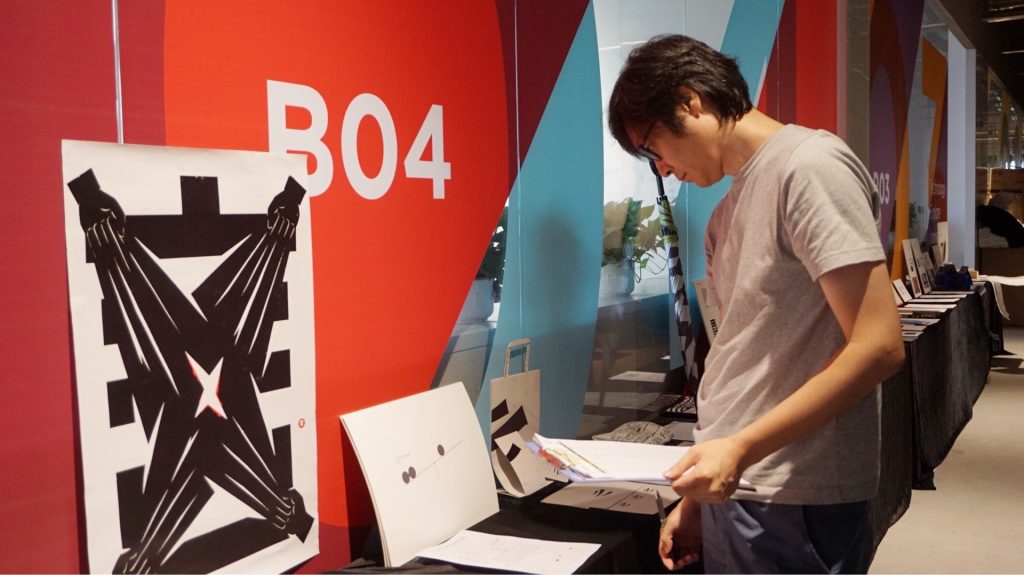
▲ Yiyang Hei, the jury member of the Shenzhen event.
Jury Chair Guang-Min Chang made a general commentary regarding the three events, saying that the works this year as a whole did rather well in terms of diversity, functional innovation, and user experience. Yu-Fen Lo pointed out that the amount of heavy equipment and large machines aimed for usage in construction or production industries significantly increased this year. The spurt in the number of these types of entries was not seen in past events and reflects the attention paid to design and aesthetics by related industries, which is something worthy of notice.
Yichao Li and Wai-Kwan Vivian Cheng both noted that the majority of the entries in this year’s product design category were still consumer electronics. However, under the current trend of intelligentization, more entries have abandoned cold, unfeeling designs for designs which, based on consumers’ needs, incorporate concepts of humanity and culture. Xiaojing Huang said that products related to household use and sports were relatively few, but on the whole, demonstrated a certain level of quality. Huang also thought such products have a promising future. Entries of the communication design and spatial design categories showed diversity and no lack of eye-catching works, but Xiaoxiang Liu advised that participants work more on work description and presentation to concisely deliver their design concepts.
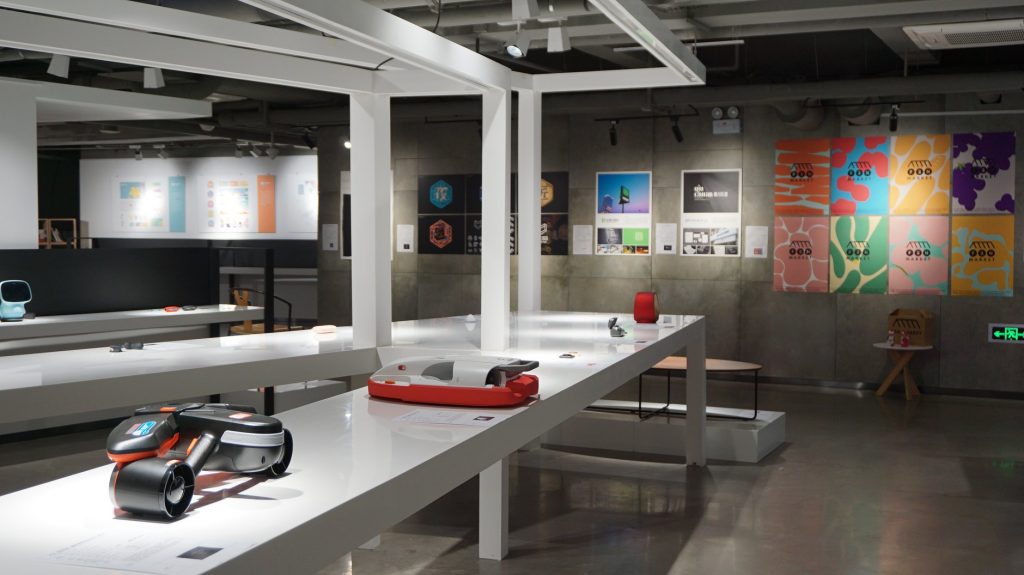
▲ The overseas event in Shijiazhuang.
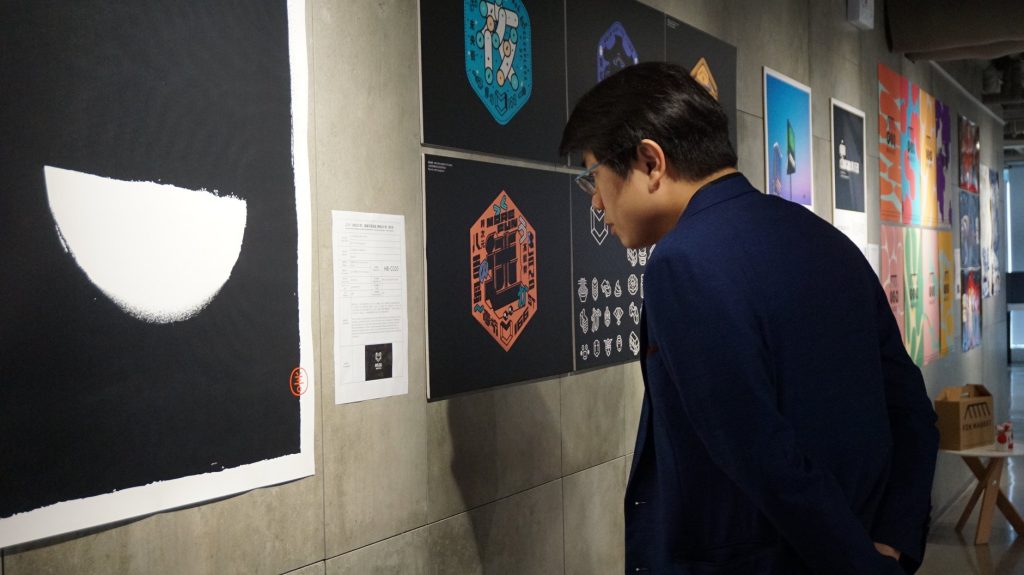
▲ Alfie Shao, the jury member of this year’s overseas events.
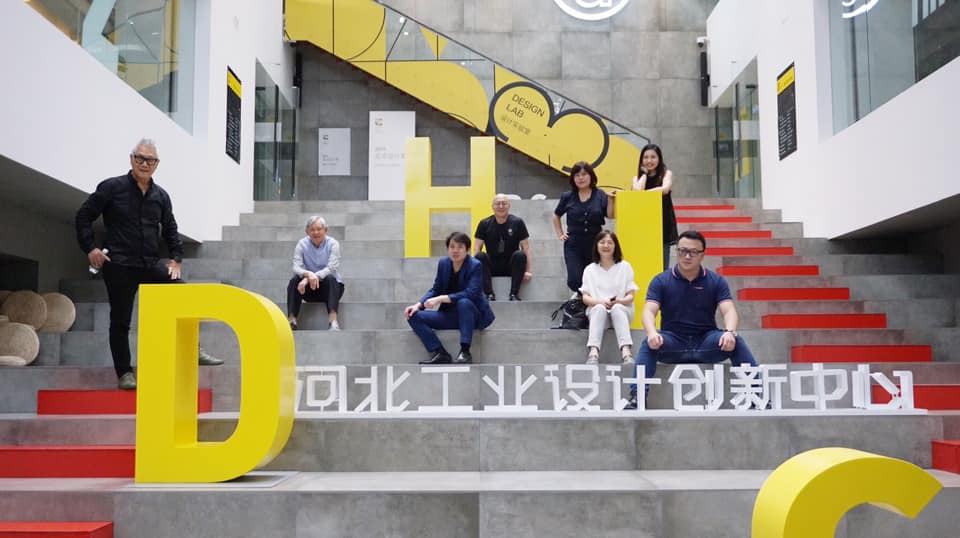
▲ The jury of the overseas event in Shijiazhuang.
Qing Zhou, a four-time winner of the Golden Pin Design Award Design of the Year Award, said that communication design isn’t artistic creation because it needs to serve a certain purpose; the key to innovation is whether one could break the norm and create something new, which for him, is the top principle when evaluating entries. Yiyang Hei and Chi-Mei Chang hoped that there would be more designers or corporations who, before considering customers’ needs, future prospect or technical application, could be more aware of humanity and environmental sustainability, based on which design products that could improve social problems and enhance human well-being, for such would be the future trends.
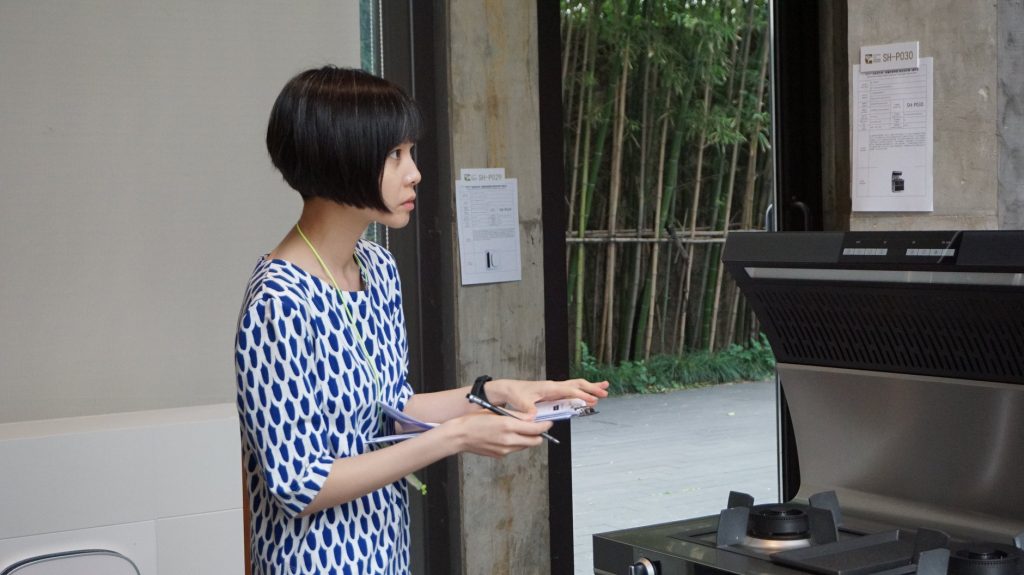
▲ Xiaojing Huang, the jury member of the Shanghai event.
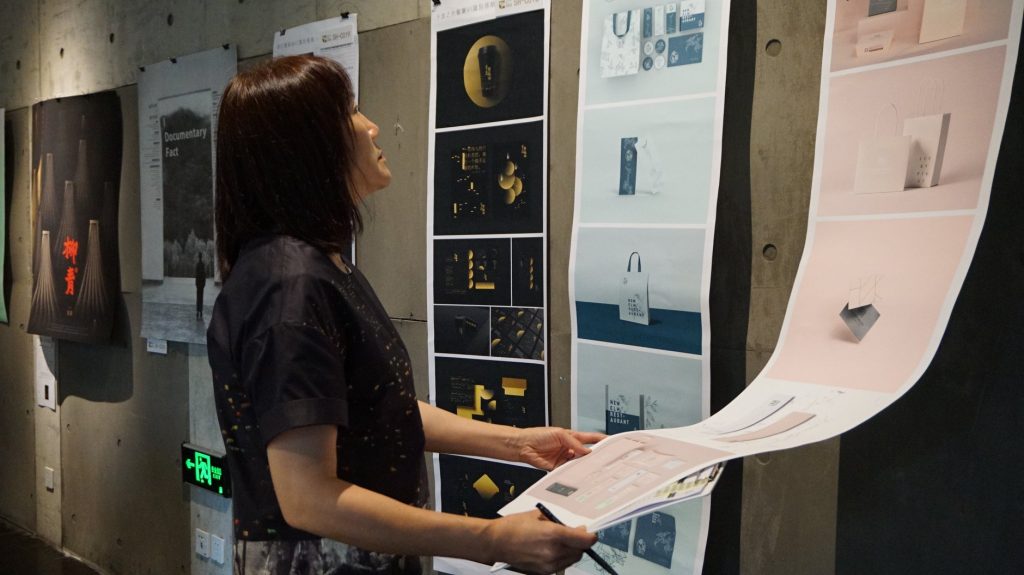
▲ Chi-Mei Chang, the jury member of this year’s overseas events.
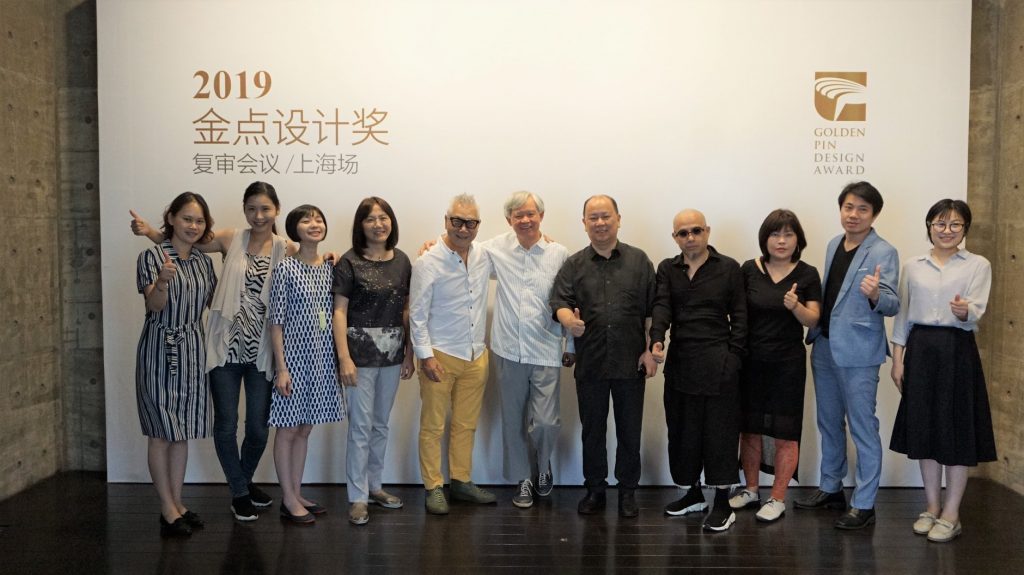
▲ The jury of the overseas event in Shanghai.
Furthermore, the overseas second selection event of the Golden Pin Concept Design Award was held in Shanghai on August 10, with Guang-Min Chang serving as jury chair. In addition to the four Taiwanese jury members, two other renowned designers, Chao Xiong, founder and creative direction of The Nine, and Wenqing Yang, founder of LOE DESIGN, were invited to collectively evaluate and select design proposals. 132 entries from Mainland China passed the preliminary selection, and 20 of them were awarded the Design Mark of the Golden Pin Design Award and advanced to the final selection. They will be competing for the Golden Pin Design Award Design of the Year Award.
Chao Xiong was amazed by this year’s entries of animations and motion designs. On the whole, he saw skilled technical application and novel, interesting story themes and concepts. Xiong noted that many works reflected the creators’ thoughts on cultures and social issues, which was impressive. Wenqing Yang thought it was a shame that this year’s entries in the product design category lack innovation in general, probably due to consideration of other aspects, such as functionality, technical practicality, and mass production. He added that if a design could surprise people, solve problems via smart solutions and enhance life quality, regardless of its scale, it would stand out relatively easily.
Alfie Shao noted that he saw many interesting works this year and that, compared to his evaluations for the Golden Pin Design Award, he put more focus on how designers can redefine existing objects in today’s fast-moving world when evaluating entries for the Golden Pin Concept Design Award. For example, experimental works, such as products that integrate several functions and become a new creation, would be particularly appealing to him. He also believed that viewpoints from the new generation could create more possibilities. Ping Chu also noted that he hoped designers could be more adventurous and audacious in expressing opinions about social issues and challenges faced by society.
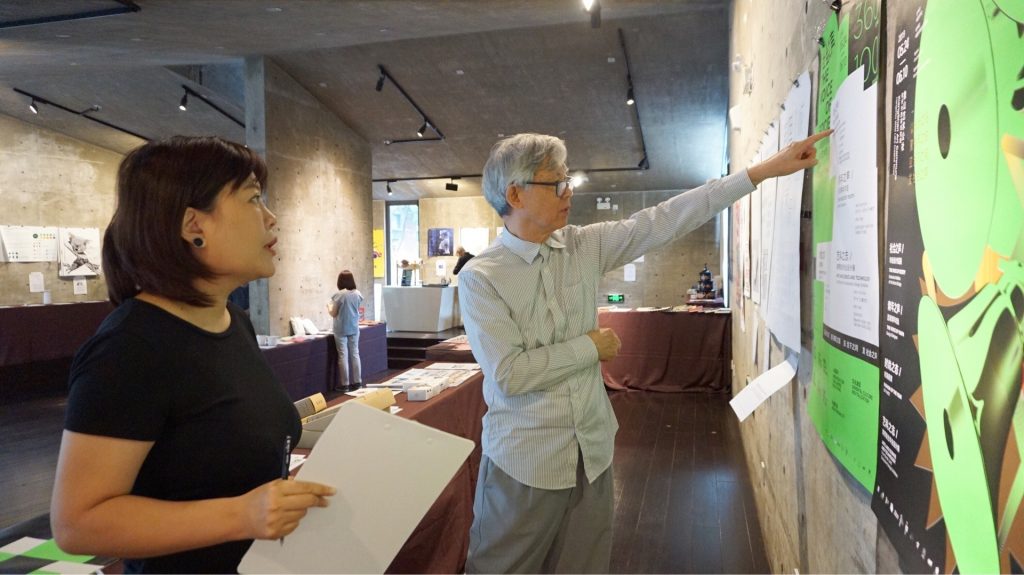
▲ The jury chair Guang-Min Chang (the right) and the jury member Yu-Fen Lo (the left) were discussing about the concept works.
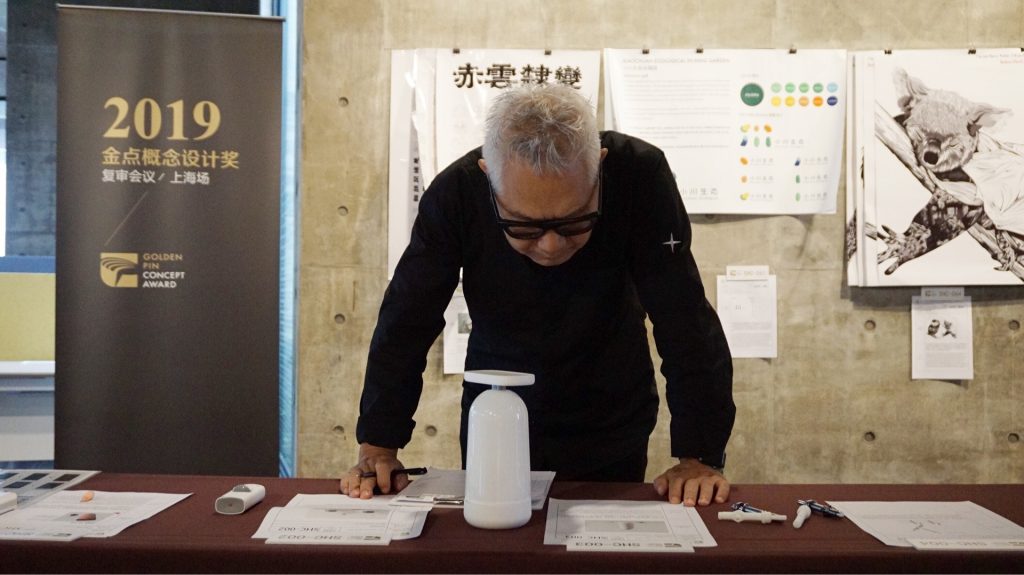
▲ Ping Chu, the jury member of this year’s overseas events.
The Taiwan secondary selection event of the 2019 Golden Pin Concept Design Award will be held at Songshan Cultural and Creative Park in Taipei on August 14th, and the recipient list for the Design Mark will be announced on the 16th. The final selection will be held on September 24th. The Taiwan second selection event of the Golden Pin Design Award will be held on September 19th, immediately followed by the final selection on the 23rd. The two awards are expected to announce the shortlist for the Golden Pin Design Award Design of the Year Award in early October, and the award ceremony for both will be held in Taipei on December 5th, , where the winners of the “Best of Golden Pin Design Award” and the “Best of Golden Pin Concept Design Award” will be revealed. For the latest news on the Golden Pin Design Award, please visit the official website and follow on social media.



